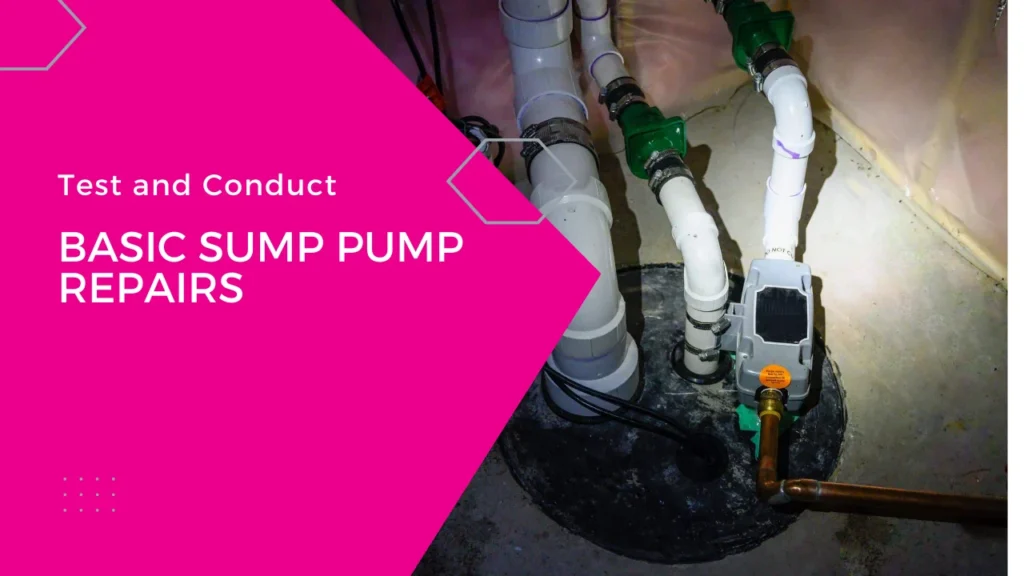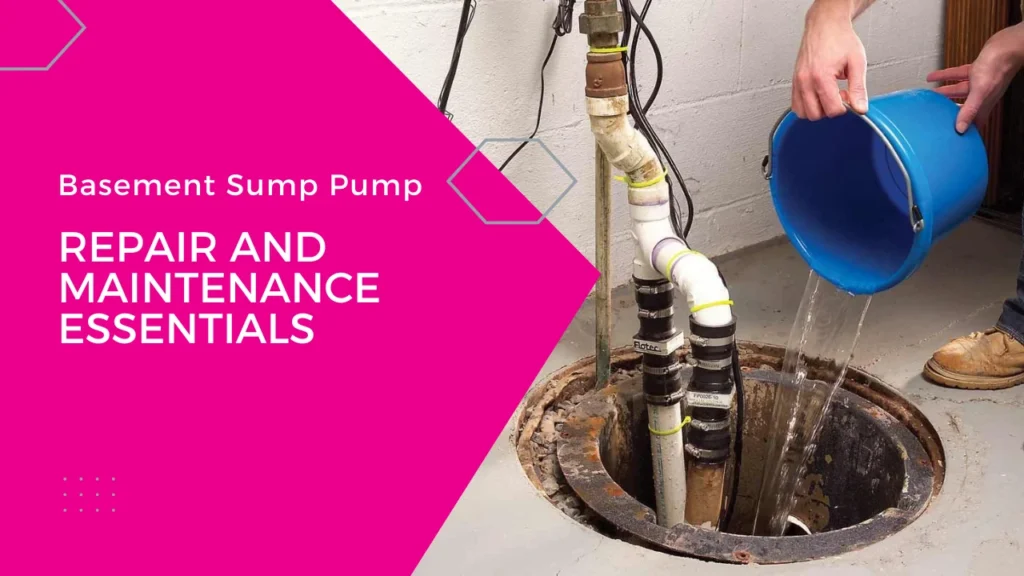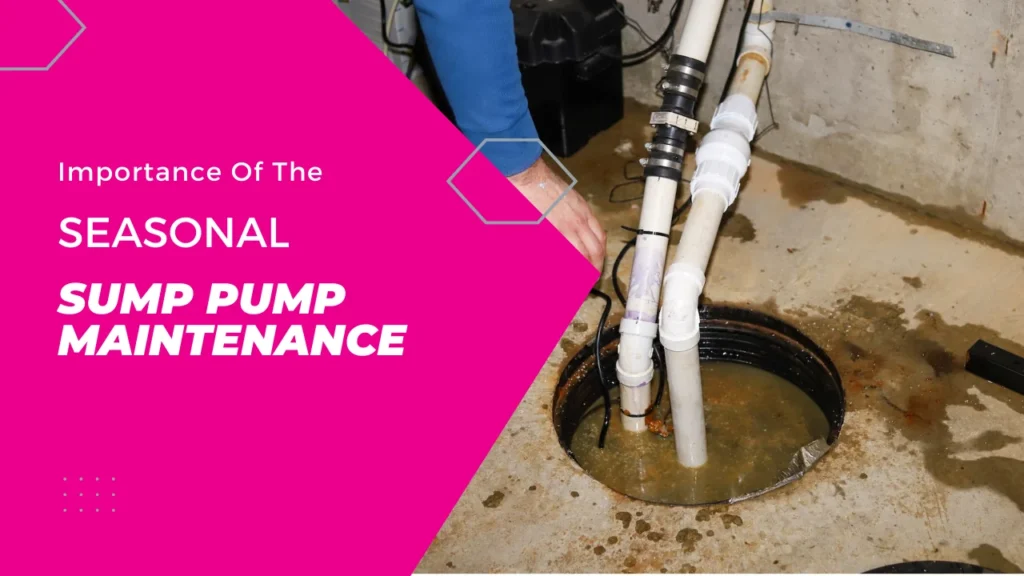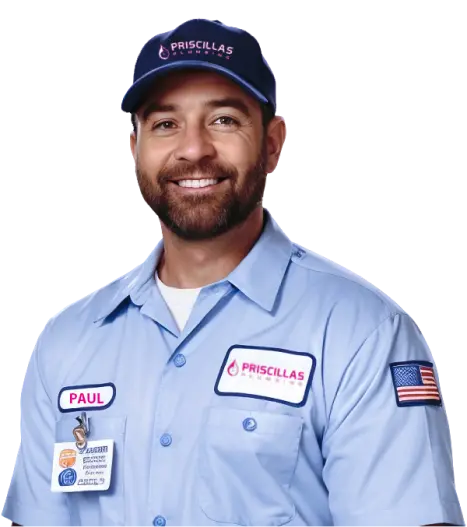Sump pumps are essential devices for preventing basement flooding, but like any mechanical equipment, they can encounter issues over time. Understanding these common problems and their solutions is crucial for maintaining the effectiveness of your sump pump system, especially when it comes to Sump Pump Repair.
What are the common sump pump problems and solutions?
Sump pumps prevent basement flooding by removing excess water from the sump pit and directing it away from the building. As with any mechanical system, they might develop problems that necessitate maintenance. Here are some common sump pump problems and potential solutions
Motor Failure:
When your sump pump’s motor doesn’t work, you might notice it doesn’t turn on makes strange noises or fails to pump water properly. First, check if the power supply is okay and if there are no issues with other parts like the float switch. If the motor is the problem it’s best to ask a professional for help. Trying to fix it yourself might make things worse.
Solution:
- Check the Power Supply: Firstly ensure that the power outlet the pump is connected to is functioning properly. You can do this by plugging in another device to see if it works.
- Inspect Other Components: Additionally examine other parts of the pump such as the float switch to rule out any other potential issues.
- Seek Professional Help: If it’s confirmed that the motor is the problem, contact a professional for assistance rather than attempting to fix it yourself. Attempting DIY repairs might exacerbate the issue.
Clogged Filters:
If your pump is not pumping water well, its filter or intake screen is clogged. Turn off the pump and check the filter for debris. Clean or replace it if needed. Doing this regularly can prevent clogs and keep your pump working smoothly. You might also want to consider adding a pre filter to catch bigger debris before it reaches the pump.
Solution:
- Regular Cleaning: It is important to check and clean the filter regularly to prevent clogs. Removing debris from the filter or intake screen can significantly improve the pump’s performance.
- Consider Pre filters: Installing a pre filter can also help by trapping larger debris before it reaches the pump reducing the likelihood of clogs and ensuring smoother operation.
Power Supply Problems
If your sump pump suddenly stops working or doesn’t get enough power it might have a power supply issue. First, test whether the power outlet is working with another device. Look for any damage to the pump’s power cord. If everything seems okay check the circuit breaker or fuse box. If you can’t find the problem call an electrician for help.
Solution:
- Test Power Outlet: Test the power outlet with another device to ensure it supplies electricity properly.
- Inspect Power Cord: Check the pump’s power cord for signs of damage, such as fraying or exposed wires.
- Check Circuit Breaker or Fuse Box: If the power outlet and cord seem fine, investigate the circuit breaker or fuse box to see if a tripped or blown fuse is the culprit.
- Professional Assistance: If you cannot identify the problem it’s advisable to seek the help of an electrician to diagnose and fix any issues with the power supply.
Float Switch Malfunction:
Sometimes, the pump might not work properly because its float switch isn’t malfunctioning. Check the switch for debris or things blocking its movement. Make sure it’s positioned correctly and moves freely. If needed, adjust or replace the switch. Keeping the float switch in good shape is important to avoid flooding or damage to your pump.
Solution:
- Clean and Inspect Float Switch: Begin by cleaning the float switch to remove any debris that may be obstructing its movement.
- Ensure Proper Positioning: Check that the float switch is correctly positioned and moves freely without obstructions.
- Adjust or Replace: If necessary adjust or replace the float switch to ensure it functions properly. A malfunctioning float switch can lead to flooding or damage to the pump.
Check Valve Failure:
If water flows back into the sump pit after the pump turns off, it might be due to a failing check valve. Check the valve for debris or damage and clean or replace it if necessary. Make sure it’s installed correctly to prevent backflow. A properly working check valve helps your pump work efficiently and avoids unnecessary wear and tear.
Solution:
- Clean or Replace Check Valve: Inspect the valve for any debris or damage that may prevent it from closing properly. Clean or replace the check valve as needed to prevent backflow.
- Proper Installation: Ensure the check valve is installed correctly to prevent water from flowing back into the sump pit after the pump shuts off. A properly functioning check valve is essential for the pump to work efficiently and prevent unnecessary wear and tear.
Wrong Pump Size
Firstly let’s talk about having the right sized pump. If your pump is too big it will work too hard and wear out faster. On the other hand if it’s too small it won’t handle the water well risking damage to its motor. To avoid this ensure a professional selects a pump that matches the size of your basement and the amount of water it usually gets.
Solution:
- Professional Selection: It’s crucial to have a professional select a pump that matches the size of your basement and the typical amount of water it receives. This ensures optimal performance and pump longevity.
- Avoid Overloading: A pump that is too large may work too hard and wear out faster while a pump that is too small may struggle to handle the water volume risking damage to its motor. Selecting the right sized pump is essential to avoid these issues.
Pump Overload
Moving on to another problem: pump overload. Sometimes, your pump may struggle to handle excessive water. That’s where a high capacity pump comes into play. It can manage heavy flooding without any trouble keeping your basement dry and secure.
Solution:
- Install High Capacity Pump: Consider installing a high capacity pump if your basement frequently experiences heavy flooding. A high capacity pump can efficiently handle large volumes of water keeping your basement dry and secure even during severe weather conditions.
Incorrect Installation
Lastly, let’s discuss installation errors. It’s crucial to set up your sump pump correctly. Whether you are doing it yourself or getting assistance, follow the instructions carefully. This includes understanding the purpose of a sump pump and adding a check valve and a small air hole on the discharge line, as well as using the discharge valve of the appropriate size. Also, keep the pump away from dirt or gravel to prevent clogs.
Solutions
- Follow Manufacturers Instructions: When installing the pump, follow the manufacturer’s instructions to ensure proper placement and setup.
- Install Necessary Components: Follow the manufacturer’s guidelines to install all necessary components on the discharge line such as a check valve and a small air hole.
- Keep Pump Clear: Keep the pump away from dirt or gravel to prevent clogs and ensure optimal performance.
If you face such problems and cannot solve them yourself you must contact a professional at Priscilla’s Plumbing. They can professionally solve your problems.
FAQs
What is the most common reason for sump pump failure?
One of the most common reasons for sump pump failure is a power outage followed by a stuck switch or clogged discharge pipe.
What is a common defect in a sump pump?
A common defect in a sump pump is a malfunctioning float switch which can lead to improper water level detection and activation failure.
How do you troubleshoot a sump pump?
When troubleshooting a sump pump you should check the power supply to ensure the float switch moves freely and inspect it for any clogs or debris in the pump or discharge pipe.




